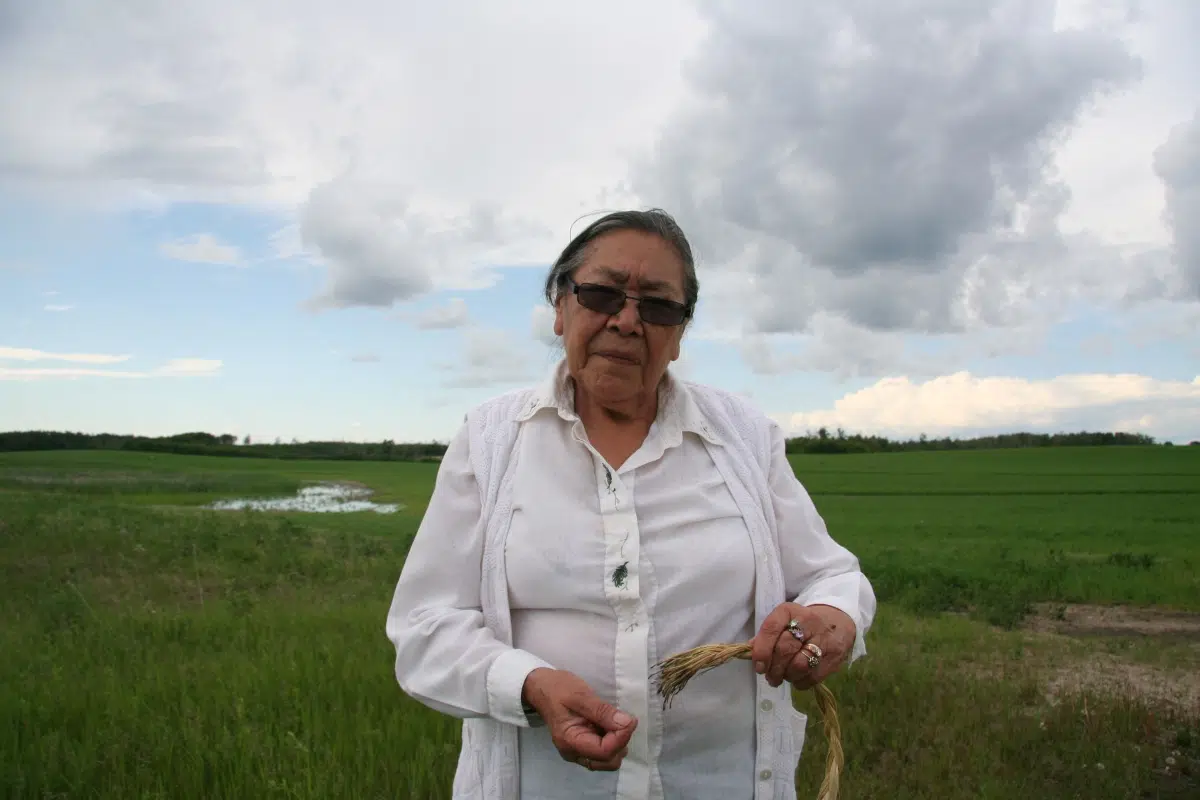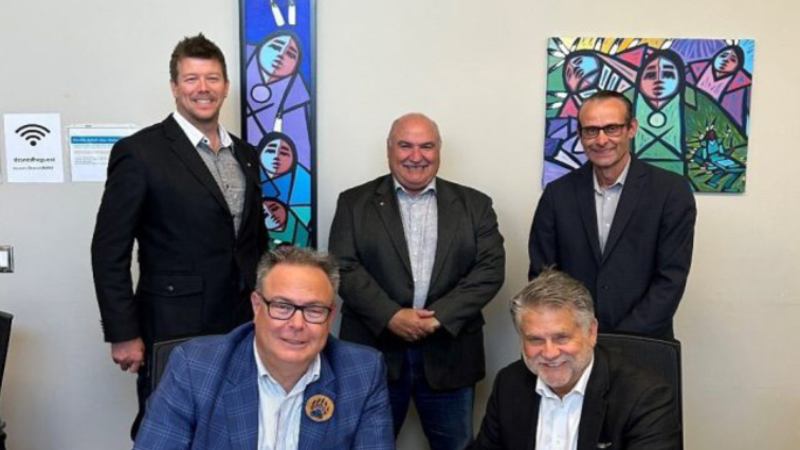
Education a way to address HIV stigma
Ethel Turner died of AIDS in 1998, alone in a hotel room in Edmonton after leaving her First Nation.
“My daughter had AIDS, she died of AIDS, she was only 25. I tell (people) because it helps me when I talk about it,” said Madeline Turner, an elder from Sturgeon Lake First Nation.
Ethel left the First Nation because she felt that no one would shake her hand or hug her, Turner said.
“She used to phone every night … then, all of a sudden, there was no phone call,” Turner said.


